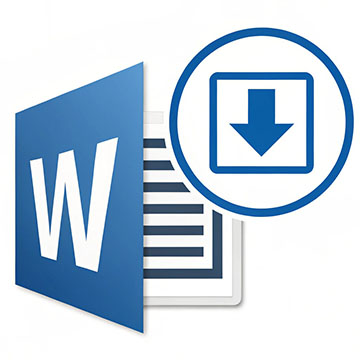Literacy, Equity, and the Employment of iPads in the Classroom: A Comparison of Secure and Developing Readers
Abstract
This study explored 6th grade students reading of science text on the iPad to better understand how students with varying strengths of comprehending text and current academic abilities interpret text on their iPads. Our study sample compared three students with strong reading scores based on informal reading inventories, standardized tests, and other literacy measures with students who have not yet demonstrated strong reading scores on the same assessments. Verbal protocols allowed us to look at individual student‟s cognitive processes while reading assigned science text on the iPad. We analyzed data based on the theory of Constructively Responsive reading (Pressley & Afflerbach, 1995). Our data shows that while secure readers fit Pressley and Afflerbach‟s description of a „massively active‟ reader, verbal protocols for developing readers revealed students‟ difficulty constructing meaning with the text. In addition, self-efficacy and navigational skills on the iPad differed between secure and developing readers. The differences in processing between students in our secure and developing groups points to the need for increased support for developing readers as they navigate reading of science texts on the iPad.
Downloads
Published
Issue
Section
License
Articles may be used for research, teaching, and private study purposes. Authors alone are responsible for the contents of their articles. The journal owns the copyright of the articles. The publisher shall not be liable for any loss, actions, claims, proceedings, demand, or costs or damages whatsoever or howsoever caused arising directly or indirectly in connection with or arising out of the use of the research material.
The author(s) of a manuscript agree that if the manuscript is accepted for publication in the journal, the published article will be copyrighted using a Creative Commons “Attribution 4.0 International” license. This license allows others to freely copy, distribute, and display the copyrighted work, and derivative works based upon it, under certain specified conditions.
Authors are responsible for obtaining written permission to include any images or artwork for which they do not hold copyright in their articles, or to adapt any such images or artwork for inclusion in their articles. The copyright holder must be made explicitly aware that the image(s) or artwork will be made freely available online as part of the article under a Creative Commons “Attribution 4.0 International” license.
This work is licensed under a Creative Commons Attribution-NonCommercial-ShareAlike 4.0 International License.




